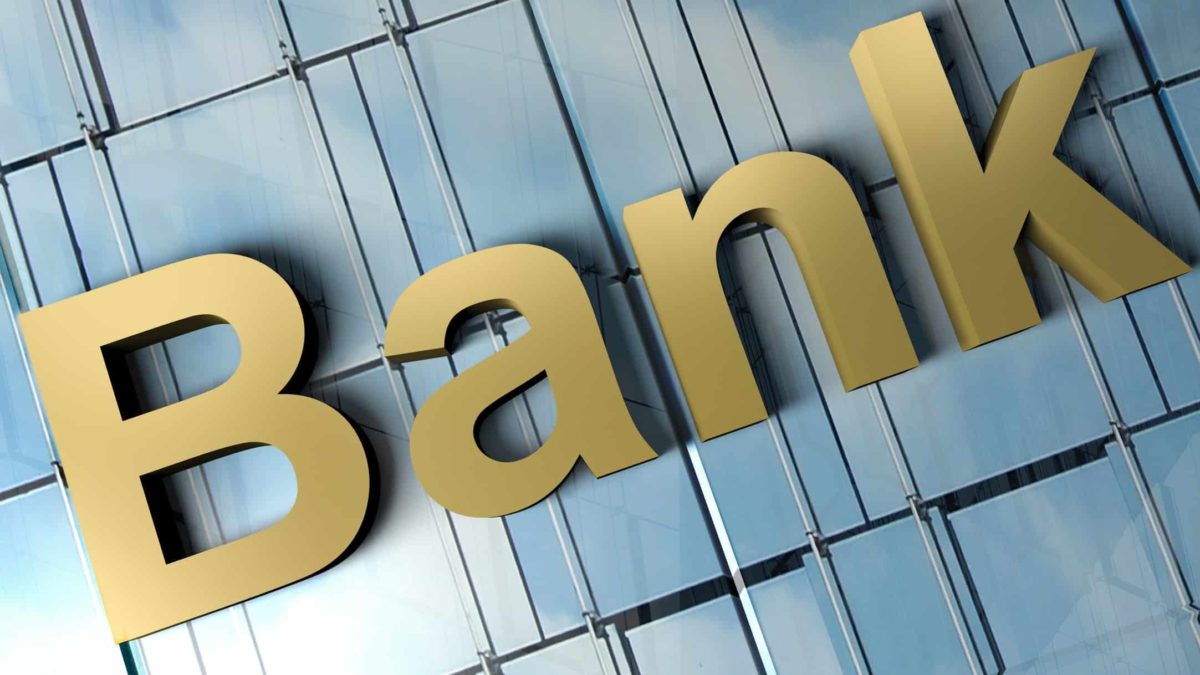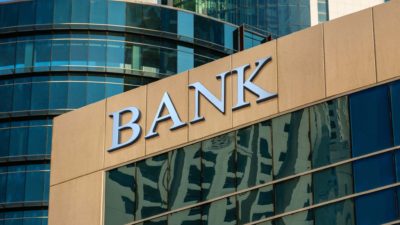National Australia Bank Ltd (ASX: NAB) shares will be one for investors to watch next month.
This is because the banking giant is scheduled to release its full year results early in November.
Ahead of the release, I thought I would look to see what the market is expecting from the bank in FY 2021.
What is expected from NAB in FY 2021?
According to a note out of Bell Potter, its analysts are expecting a solid result from the bank next month.
The broker has pencilled in cash earnings of $6,452 million for the 12 months, up 73.9% year on year. On a per share basis, this is expected to lead to cash earnings of 195 cents, which is an increase of 62% on FY 2020's numbers.
As for dividends, the broker is expecting NAB to declare a fully franked final dividend of 60 cents per share. This will bring the company's full year dividend to 120 cents per share, which is double what it paid in FY 2020.
Based on where NAB shares are trading now, this represents a 4.2% yield for investors.
What did the broker say?
Bell Potter summarised its expectations for FY 2021.
It commented: "Our forecasts include: 1) statutory earnings $6.30bn; 2) cash earnings $6.45bn; 3) cash EPS 195¢; 4) cash earnings ex-large notable items (i.e. excluding restructuring-related costs and customer-related remediation) $6.52bn; 5) cash EPS ex-large notable items 197¢; 6) fully franked final dividend 60¢; 7) ROE 10.6% (10.7% ex-large notable items); 8) NIM 1.74%; 9) credit impairment charge $0.00bn/0bp GLA; and 10) Level 2 CET1 ratio 11.7%."
"The performance reflected better credit impairment outcomes with ongoing momentum across home, SME and New Zealand lending. The bank still remains "optimistic about the long-term outlook for Australia and New Zealand" – still positive overall in the long run," it added.
Are NAB shares in the buy zone?
Bell Potter believes NAB shares are trading at an attractive level.
The broker has reiterated its buy rating and $31.00 price target on its shares.
Based on the current NAB share price, this implies potential upside of 9.1%. And if you include dividends, this improves to 13.3%.









